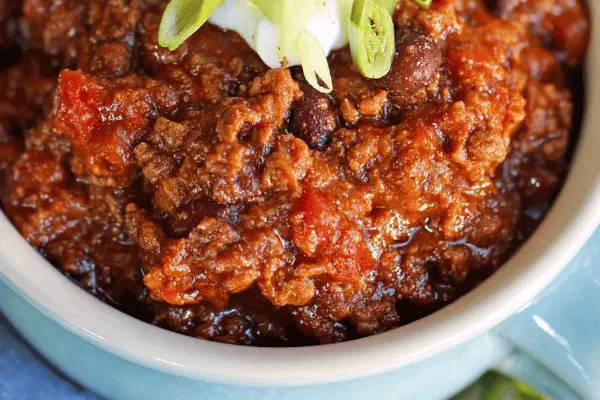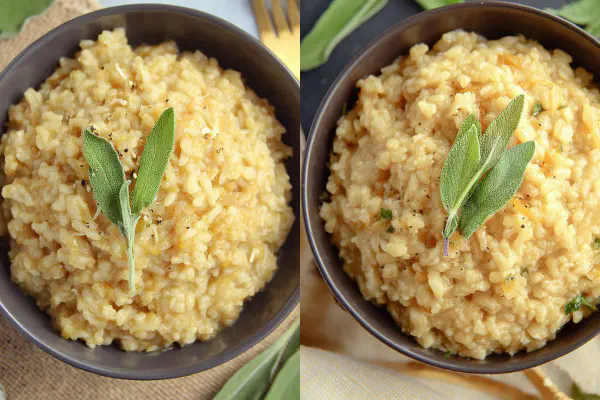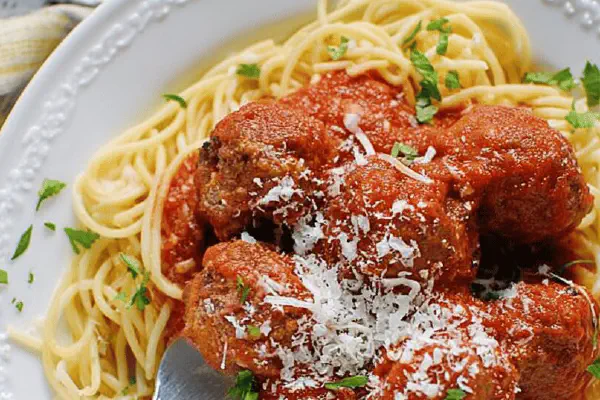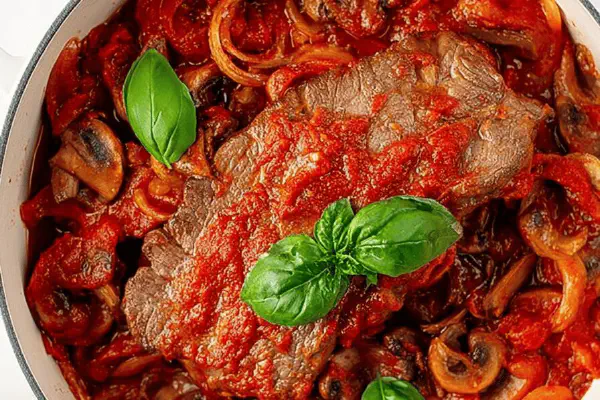Baked Spaghetti Sauce Twist
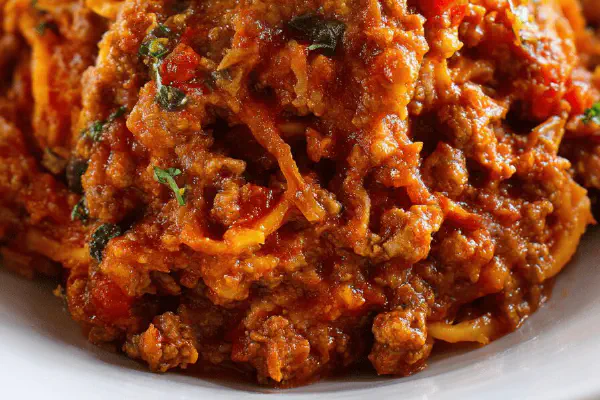
By Emma
Certified Culinary Professional
Ingredients
- 430 g mixed ground meats (veal, pork, beef)
- 30 ml olive oil
- 1/4 tsp dried basil
- 1/4 tsp dried thyme
- 1/4 tsp dried oregano
- 1 medium onion, chopped
- 1 medium carrot, finely chopped
- 25 g all-purpose flour
- 720 ml chicken broth
- 85 ml tomato paste
- 1 clove garlic, minced
- 1/4 tsp smoked paprika
- Salt and black pepper
About the ingredients
Method
- Set oven rack middle position. Preheat oven to 175°C (350°F).
- Heat half olive oil in large skillet over medium-high. Crumble meat in, season with salt, pepper, herbs. Brown till color deepens and juices evaporate, about 7-10 minutes. Drain excess fat.
- In oven-safe pot or Dutch oven on stove, warm remaining oil. Add onion and carrot, cook slowly over medium heat until soft, translucent – think 6-8 minutes. Sprinkle flour, stir constantly for 2 minutes to form roux; no clumps, smell faintly nutty.
- Pour in broth gradually, whisk to avoid lumps. Stir in tomato paste and smoked paprika. Bring to gentle boil, bubbling thick sauce forming.
- Return browned meat to pot, stir in minced garlic. Cover pot tightly. Transfer to oven.
- Cook 28-32 minutes. Sauce thickened, meat tender, fragrant herbal aromas mingling. Check color; sauce should cling to spoon. Remove from oven, adjust salt and pepper to taste.
- Cool slightly. Serve spooned over cooked pasta or polenta. Store remainder covered in 1-litre container in fridge up to 3 days.
Cooking tips
Chef's notes
- 💡 Brown meat till edges crisp, juices evaporating—brown well but no burnt bits. Avoid stirring constantly; let caramel spots form. Excess fat drains or sauce feels greasy. Half oil used here—one batch for meat, rest for veggies; keeps flavors distinct, controls texture.
- 💡 Veggies slow cooked—onion then carrot, translucent and tender. Flour dusted in slowly, stir constantly. Raw flour taste kills sauce silkiness. Roux forms base, watch no lumps form while whisking in broth gradually. Low heat for patience; rushed roux smells floury, gritty.
- 💡 Tomato paste added after liquids, not first. Helps acidity cut richness. Smoked paprika last minute pulls aroma forward without bitterness. Garlic minced, folded in late to avoid burnt sharpness, keeps aroma fresh. Herbs always dried here; slow oven rehydrates well, fresh herbs risk losing punch or becoming bitter.
- 💡 Oven heat steady 175°C. Oven-safe pot with lid traps moisture. Sauce thickens, meat rests in juices—don’t rush or open lid early. Check thickness visually; sauce clings to spoon, not runny. Add broth splash if drying out, texture off. Oven timer flexible, 28-32 min range for texture control.
- 💡 Swap beef for turkey or plant protein for lighter notes; moisture differs so watch cooking times, maybe add broth if drier. Broth type switches impact subtle flavor—chicken broth richer, vegetable broth lighter. Salt last always; broth salt varies. Always taste close to end.
Common questions
Can I use fresh herbs?
Fresh herbs less forgiving. Oven slow bake risks bitterness or loss of aroma. Use dried for slow meld; fresh add near end if flavor sharp needed. Depends on herb but dried safer here.
How to fix lumpy sauce?
Lumps from flour or tomato paste not mixed well. Whisk broth gradually, stir constant when flour added. If lumps appear, blend with immersion blender or sieve sauce. Prevention better though—slow whisking matters.
What if sauce too thick?
Add small splash broth or water. Stir, check thickness again. Thick sauce clings, but too thick feels pastey or dry. Oven dryness happens if lid loose or long cook. Cover well, peek near end only once.
How to store leftovers?
Cool quickly. Airtight container, fridge up to 3 days. Freeze if longer; plastic containers or freezer bags. Thaw in fridge overnight or low heat. Reheat gently, stir often to avoid burning bottom. Sauce thickens in fridge; thin with broth when reheating.
